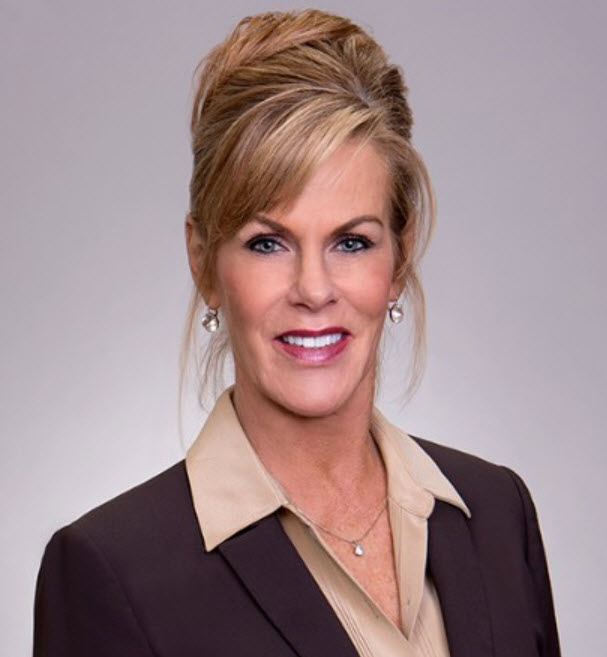Hand-in-Hand: Colocation and Interconnection

Some industry analysts say that the colocation industry is in a state of transition that’s being driven by widespread enterprise adoption of all things SaaS, and the desire by tenants and cloud providers alike for more interconnection services.
Interconnection services are the physical connections that enable data exchange between two or more entities—or partners—at the fastest possible speed. In its recent Data Center Interconnect Market Report, Morder Intelligence predicts the Data Center Interconnect Market to reach a value of $7.65 billion in 2025, up from $3.48 billion in 2019.
Two of the most common types of interconnection services are cross connects, which are physical cables that allow organizations to access networks, cloud providers and other business partners within a data center, and direct connections from a data center to public cloud providers.
Here are three reasons why it makes sense that colocation and interconnection services go hand-in hand:
- Many colocation providers operate multiple large data centers that are linked by high-speed connections, and they also integrate multiple vendors and cloud providers. For latency-sensitive applications that require processing to be as close to the point of delivery as possible, this distributed architecture provides the deployment flexibility that today’s multi-tenant data center tenants need.
- Public cloud providers such as AWS, Microsoft Azure and Google Cloud, are seeking out partnerships with colocation providers in order to provide customers who use multiple cloud providers the ability to easily move data between cloud providers.
- Interconnection services can provide multi-tenant data center operations with additional revenue-generating opportunities beyond traditional space, power, cooling.
As a result, now is the time to for colocation providers to offer tenants interconnection services that can help them streamline migration across facilities as well as make it easier to access partner ecosystems.
To learn more about why colocation is fast becoming the de-facto destination for connecting enterprises, service providers and cloud platforms, download the new ebook, Three Key Considerations for Colocation Providers.
- Broadband 2026 Panduit Experts Predict What’s Next
- Real World Benefits of Deploying VSFF Solutions with Gen7 SAN Directors
- Five Best Scaling Practices for Tier 2 and Tier 3 Broadband Providers from Regional Fiber Connect Spokane
- TX6TM-ER Cable Surpasses 100-Meter Limit for Reliable Network Performance
- What’s Your Logistics Playbook for the Broadband Fiber Boom
- Artificial Intelligence
- Audio Visual (AV)
- Broadband
- Cloud Infrastructure
- Construction
- Critical Power
- Cybersecurity
- Data Center
- ESG
- Electrical Infrastructure
- Electrification
- Enterprise
- Fiber Connectivity Solutions
- IT Channel
- Identification
- Multi-Tenant Data Center
- Network Infrastructure
- OEM
- Renewable Energy
- Safety
- Smart Buildings
- Success Stories
- Sustainability
- Warehouse Automation

